Amazing Writing
Wow! Year 3 have been doing some writing to be proud of this week! We continued with our recount learning and imagined we had experienced a volcanic eruption! Our R2S were, fronted adverbials, conjunctions and expanded noun phrases.





I’m sure you will agree the results were impressive!
Maths: What is perimeter?
Today, in maths, we’ve learned about perimeter.
We firstly experimented using Magformers to create rectilinear shapes (shapes shaped like a rectangle) and counted the distance around the edge in squares. We then took our learning up a level and created more complicated shapes.
Ashton, Noah, James, Kamile and Summer were especially brilliant at working out the area by counting the squares but the whole class did a super job too!
Take a look at some of the children’s reflections the children noted at the end of our maths lesson…
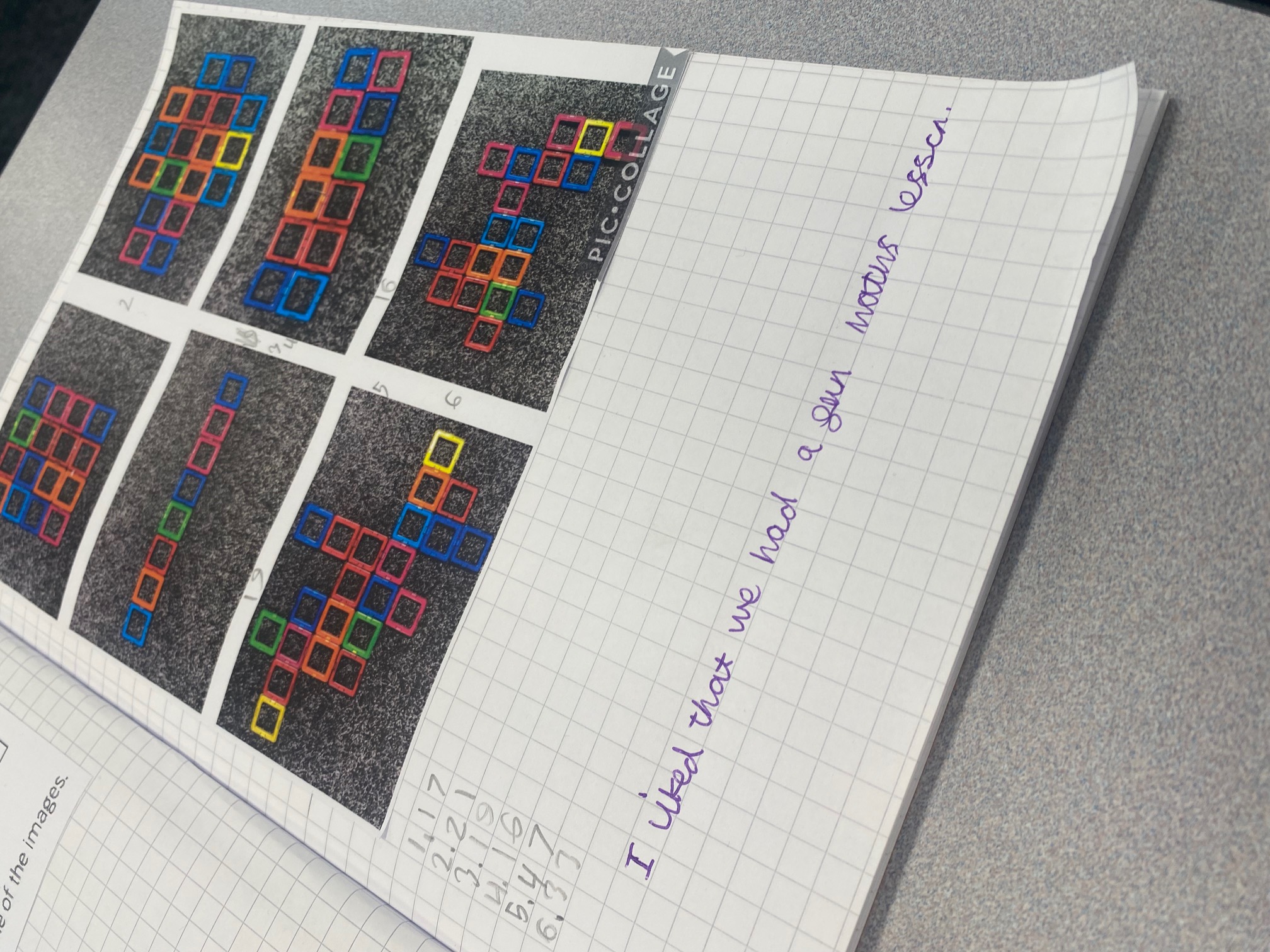

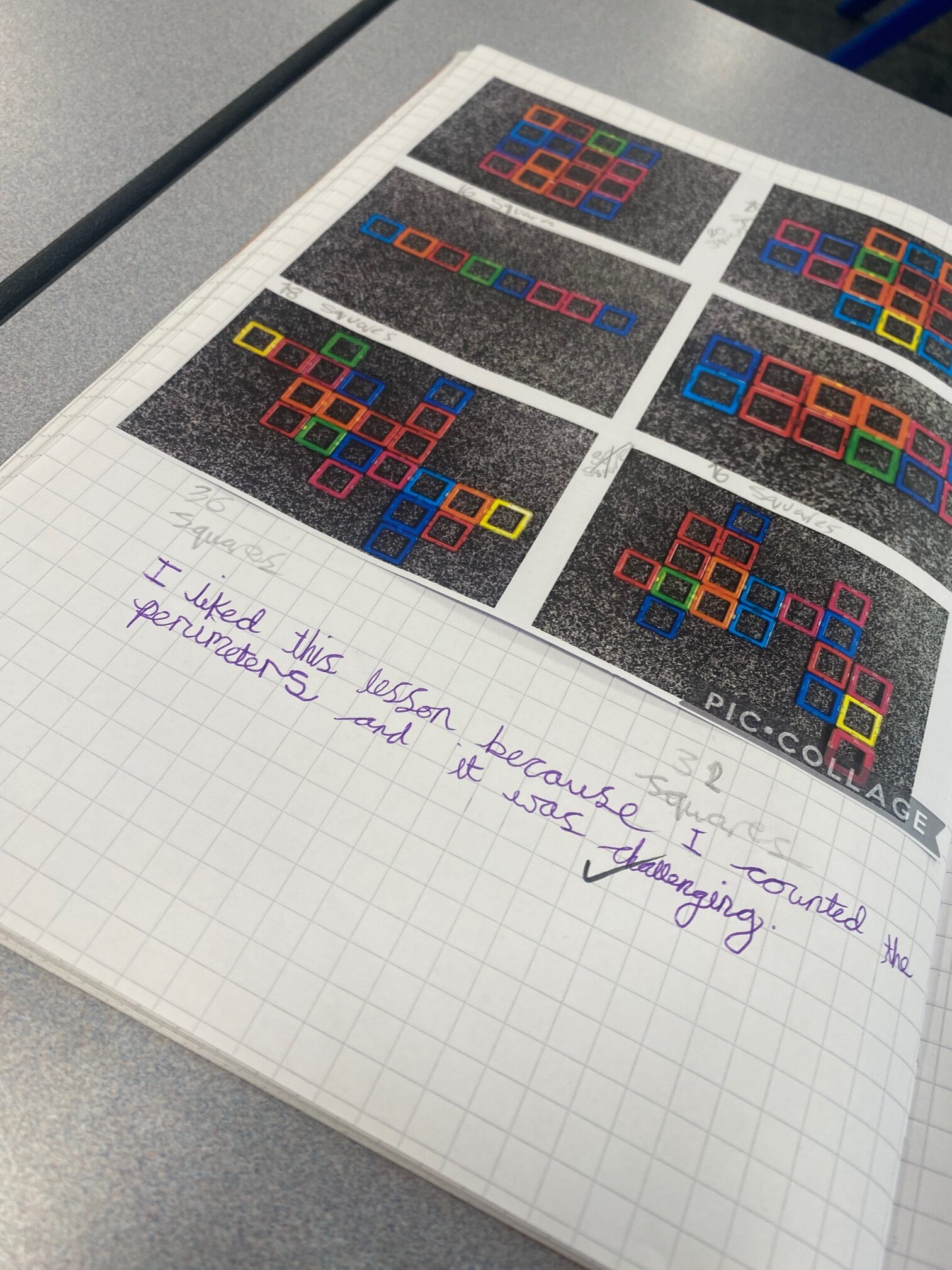
Geography: Mount Vesuvius
Today, we’ve learned about yet another volcano – Italy’s Mount Vesuvius…
…but it’s not the geography learning I was massively impressed by (although the geography learning was fab, too!).
I’ve been blown away by the children’s HANDWRITING! It’s been great tracking back to September to see how much we’ve all improved.
We often think that handwriting is something to only think about when we first learn to write but now it’s more about our general presentation, formation of letters and personal style that’s at the forefront.
Some children are coming home with a copy of their handwriting to show off at home! Great job, Year 4!
Multiplying in Maths
By the end of Year 4, children are expected to know all multiplication tables
to 12 x 12 and recall the corresponding division facts. Using knowledge of
multiplication calculations, children will begin to use formal written methods to record their work, including the use of arrays. At home, you can support your child by practising reciting multiplication tables, ensuring your child can recall them and the corresponding division facts.
Today, some children used place value counters to help to multiply a two digit number by a one digit number.
34 x 4 =
4 lots of 34 =
Once the counters were in the correct place value rows, we looked to see whether we could exchange 10 ones for 1 ten and 10 tens for 1 hundred. Finally, we added up the total and wrote the answer. Can your child explain this to you?

Recently, the class have been exploring how to multiply by 10, 100 and 1,000. When multiplying by 10, children need to be able to visualise making a number 10 times the size and understand that “10 times the size” is the same as “multiply by 10”.
Key questions
• What do you notice when multiplying by 10?
• What is a placeholder? When do you use placeholders?
• What happens to the digits in a number when you multiply
by 10?
• What is multiplied by 10?
• What is 10 lots of ?
Help, to multiply by 10, at home by using this example changing the numbers each time.
7 × 10 = 70
10 × 7 = 70
70 is 10 times the size of 7
Is the statement always true, sometimes true or never true?
If you write a whole number in a place value chart and multiply it
by 10, all the digits move one column to the left.
Discuss this with your child. Can they recall the learning done in class?

Geography: A case study of the Icelandic volcano
This week during our topic lessons, we’ve been learning about the Icelandic volcano that reeked havoc throughout the world when it erupted in April 2010.

We’ve thought carefully about how the erupting Eyjafjallajokul affected life on a local, national and international scale… but it’s pronouncing the name of this dormant stratovolcano that’s proved tricky for us..! Jacob, Jayden and Lilly gave it a really good go but weren’t quite right…
Have a go at learning how to pronounce this volcano…
Can’t wait to hear how you get on!
St James’ goes to Magna!
Last week, we took our geography learning to Magna in Sheffield. It was a great way to kick start our Natural Disasters topic and got us all excited to find out more about the world around us.
We started by creating our very own erupting volcanos. Check out how we got on…
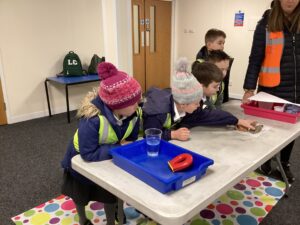
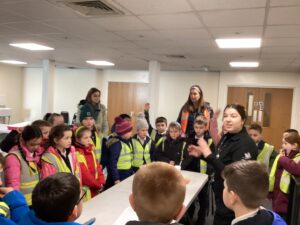
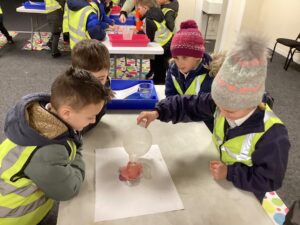
In the afternoon, we explored the different pavilions, water, ice and fire. We watched The Big Melt which showed us how steel is melted. Sparks were flying everywhere!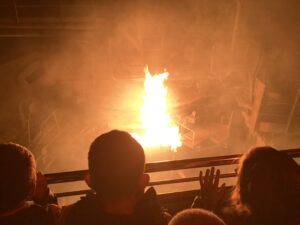 It was amazing!
It was amazing! 
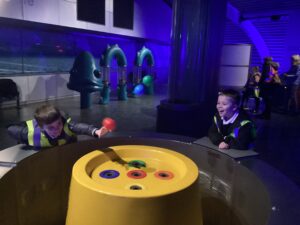
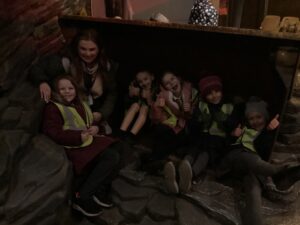
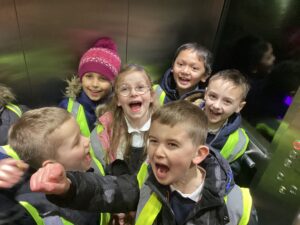
What’s a fronted adverbial?
This week, year 3 have been learning about fronted adverbials (sounds tricky)!
We started by recapping adverbs. These tell us how, when or where a verb is done. We then moved the adverbs to the front of our sentence. This creates a fronted adverbial!
The children thought of some of their own sentences using fronted adverbials. We had to be careful to make sure we changed the capital letters and used a comma after the fronted adverbial.
Check our some of out ideas- we tried to link some sentences to our recount about a volcanic explosion!
Quickly, the boy ran to the park.
Frantically, Miss Gledhill marked the Year 3 books.
Suddenly, a cloud of toxic black smoke shot from the boiling volcano.
Outside the magnificent temple, people were shouting at each other.
Watch this video about fronted adverbials.
Word classes can be tricky to remember. When reading with your child, why not see if they can identify nouns, adjectives, verbs and adverbs?
Wake up Shake up!
Today, Wake up Shake up happened indoors! Check us out in action…

Geography: St James’ does Magna!
We recently took our geography learning to Magna in Sheffield. It was a great way to kick start our Natural Disasters topic and got us all excited to find out more about the world around us.
From the epic singing all the way there on the coach to the fire room, water pavillion and volcano making and erupting – Magna had it all!
Check out how we got on…









Geography: creative geographers!
Check out what some of the Year 4s got up to at home to get into our geography topic: Natural Disasters…







It’s great to see the children getting stuck into their learning and getting creative! Great stuff, Year 4!